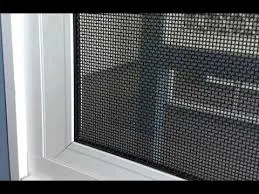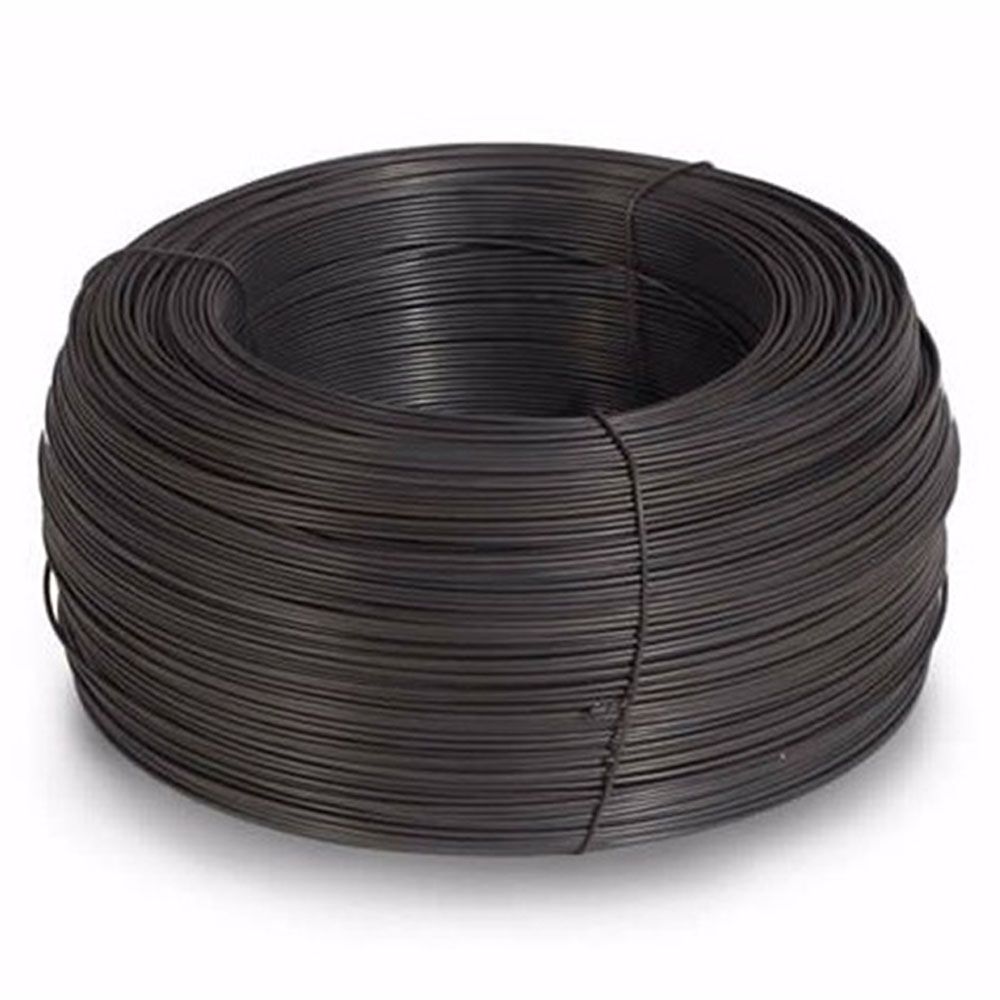-
+86 15030157877
-
sales@galvanizedmetalmesh.com
cze . 05, 2025 11:07 Back to list
Premium Hot Dip Galvanized Wire Durable & Corrosion-Resistant
- Technical advantages and material properties
- Comparative analysis of global manufacturers
- Customization specifications and engineering solutions
- Performance testing and compliance benchmarks
- Industry applications and usage scenarios
- Installation procedures and handling protocols
- Future market outlook and sustainability trends

(hot dip galvanized wire)
Why Hot Dip Galvanized Wire Dominates Industrial Applications
The exceptional durability of hot dip galvanized wire
makes it indispensable across sectors. During the galvanization process, steel wire undergoes complete immersion in molten zinc at temperatures reaching 450°C. This metallurgical bonding creates a zinc-iron alloy layer 85-120 microns thick, significantly outperforming electro-galvanized alternatives. Environmental exposure tests demonstrate 75+ years of corrosion resistance in moderate climates, reducing replacement cycles by 300%. Industrial operators report lifecycle cost reductions up to 40% compared to unprotected carbon steel wires due to minimal maintenance requirements.
Technical specifications reveal tensile strengths ranging from 350-1750 N/mm² across wire diameters of 0.7mm to 6.0mm. The zinc coating weight typically varies between 150-350 g/m², certified according to ISO 1461 standards. Critical infrastructure projects increasingly specify minimum coating thickness of 85μm based on accelerated salt-spray tests showing 1500+ hours without red rust formation, ensuring structural integrity in marine environments.
Leading Global Manufacturers Comparison
| Exporter | Annual Capacity | Market Reach | Coating Certifications | Customization |
|---|---|---|---|---|
| Belton Galvanics (UK) | 95,000 metric tons | 42 countries | ISO 1461, ASTM A123 | Diameter: 1.2-8mm |
| Asian Wire Specialists (China) | 220,000 metric tons | Global | ISO, ASTM, JIS G3547 | Zinc thickness: 30-500g/m² |
| EuroSteel Lines (Germany) | 68,000 metric tons | EU/NAFTA | ISO, DIN EN 10244 | Special alloys |
| US Wire Solutions (USA) | 125,000 metric tons | Americas | ASTM A641, A90 | Tensile: 350-2200MPa |
Custom Engineering Solutions
Specialized hot dip galvanized wire mesh factories provide dimensional flexibility exceeding standard industrial applications. Agricultural fencing commonly utilizes 12 gauge wire with 60mm x 150mm rectangular mesh patterns. Concrete reinforcement demands higher specifications - 4mm diameter wires with 200×200mm grids achieving yield strengths of 500N/mm². Nuclear containment facilities require vacuum-remelted steel wires with 290g/m² minimum zinc coatings and ultrasonic thickness verification at 40 test points per coil.
Recent architectural projects feature wire mesh facades requiring exact aesthetic specifications. Shanghai's Zenith Tower incorporated 7,500m² of custom rhomboid patterns using 2.5mm wires with 120μm zinc-titanium alloy coating. Computational modeling determined optimal grid geometries for wind loading resistance while maintaining 87% light permeability, demonstrating zinc-coated wire applications beyond structural requirements.
Industry-Specific Applications
Mining operations demonstrate zinc-coated wire's critical role in slope stabilization. Chilean copper mines deploy hexagonal meshes (80×100mm, 2.8mm wire) covering 15,000m² weekly. The zinc-steel combination withstands pH 3.5 acid exposure 400% longer than polymer alternatives, maintaining 75% tensile strength after 5 years of sulfuric acid condensation exposure. Agricultural applications show similar benefits - vineyard trellising systems using Class 3 galvanized wire (230g/m² coating) maintain integrity 20 years in high-humidity environments.
Transportation infrastructure increasingly adopts zinc-coated wires in critical components. High-speed rail projects specify Z275 coating (275g/m²) for catenary wires, where corrosion protection must withstand electrical arcing at 25kV AC. Independent testing confirms less than 8% zinc loss after 1 million vibration cycles at industrial frequency ranges, proving reliability in constant-motion applications.
Installation Methodologies
Proper installation preserves the zinc coating's protective properties. Steel conduit rollers must maintain curvature radii exceeding 15 times the wire diameter to prevent micro-cracking of the zinc layer. Tensioning procedures require specialized equipment with load cells to ensure <5% deviation from engineering specifications. Coastal facilities implement additional protective measures such as bitumen coating at ground-contact points, further extending service life by 30-50%.
Field technicians apply specific protocols when joining wires. Thermal bonding methods remain preferable over mechanical connections where feasible - zinc fumes generated during welding create a self-protecting patina. For bolted connections, galvanized bolts with G90 coating must accompany structural wires to prevent bimetallic corrosion, a common failure point in improperly specified systems.
Future Advancements in Protective Coatings
Material scientists are developing ternary zinc-aluminum-magnesium coatings that demonstrate superior corrosion resistance. Recent trials show ZAM-coated wires withstanding 3000+ hours in salt-spray tests - a 130% improvement over standard galvanized coatings. Global patent applications related to galvanized wire improvements increased 63% since 2019, indicating accelerated innovation. Sustainable production processes also advance with 87% of major manufacturers implementing closed-loop zinc recycling, reducing environmental zinc emissions below 0.003 g/m³ annually.
Partnering with Reliable Hot Dip Galvanized Wire Exporters
The selection process for hot dip galvanized wire manufacturers should prioritize companies holding valid ISO 9001 certifications with documented quality control procedures. International construction consortiums increasingly require manufacturer compliance with the European Sustainability Zinc Initiative. Verified suppliers consistently achieve coating thickness tolerances within ±15 microns compared to ±30 microns in non-certified facilities. Commercial importers report 20-25% lower life cycle costs when sourcing from manufacturers with integrated facilities combining wire drawing and galvanizing operations.
Thorough supplier qualification includes reviewing mill certifications and independent lab reports for material traceability. Professional exporters maintain comprehensive documentation detailing material origin, production dates, and batch testing results. Leading European manufacturers now implement blockchain tracking, creating immutable records for every coil produced. This technical traceability combined with environmental certifications positions premium suppliers for major infrastructure tenders where material accountability ranks equally with performance specifications.

(hot dip galvanized wire)
FAQS on hot dip galvanized wire
Q: What is hot dip galvanized wire?
A: Hot dip galvanized wire is steel wire immersed in molten zinc to create a corrosion-resistant coating. This process provides superior rust protection compared to electroplating. It's widely used in construction, agriculture, and industrial applications.
Q: How to identify quality hot dip galvanized wire manufacturers?
A: Verify manufacturers' ISO certifications and production facilities. Examine their zinc coating thickness standards (typically 60-300g/m²). Request third-party test reports confirming compliance with ASTM A641 or ISO 7989 standards.
Q: What advantages do hot dip galvanized wire exporters offer?
A: Exporters provide global logistics expertise and documentation handling. They ensure products meet destination countries' customs and quality regulations. Established exporters maintain inventory for faster international shipments.
Q: How is hot dip galvanized wire mesh different from welded mesh?
A: Galvanization occurs before weaving for complete zinc coverage on each wire. This offers superior corrosion resistance compared to post-weld galvanizing. Mesh factories typically produce both woven and welded types with customizable openings.
Q: What quality tests do hot dip galvanized wire mesh factories perform?
A: Factories conduct salt spray tests (500+ hours) and coating adherence checks. They verify tensile strength (typically 350-550 N/mm²) and dimensional accuracy. Most provide 3.1 mill certificates with each shipment for traceability.
-
High Quality 3D Curved Welded Wire Mesh Fence for Security and Aesthetics
NewsJul.25,2025
-
High-Quality Security Window Screen Mesh for Home & Office Protection
NewsJul.24,2025
-
Hexagonal Gabion for River Bank Protection and Retaining Walls
NewsJul.23,2025
-
Chain Link Fence-HEBEI WEICHUN WIRE MESH TRADE CO.,LTD.|durable fencing solutions&secure perimeter protection
NewsJul.23,2025
-
High Quality Stainless Steel Wire Mesh Roll & Supplier Wholesale Price
NewsJul.22,2025
-
Hexagonal Gabion Mesh: Durable Stone Cages for Landscaping
NewsJul.22,2025



